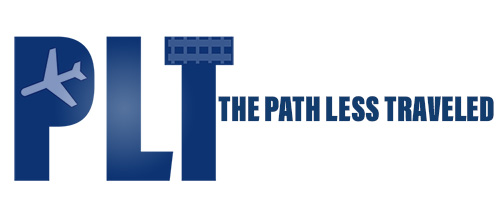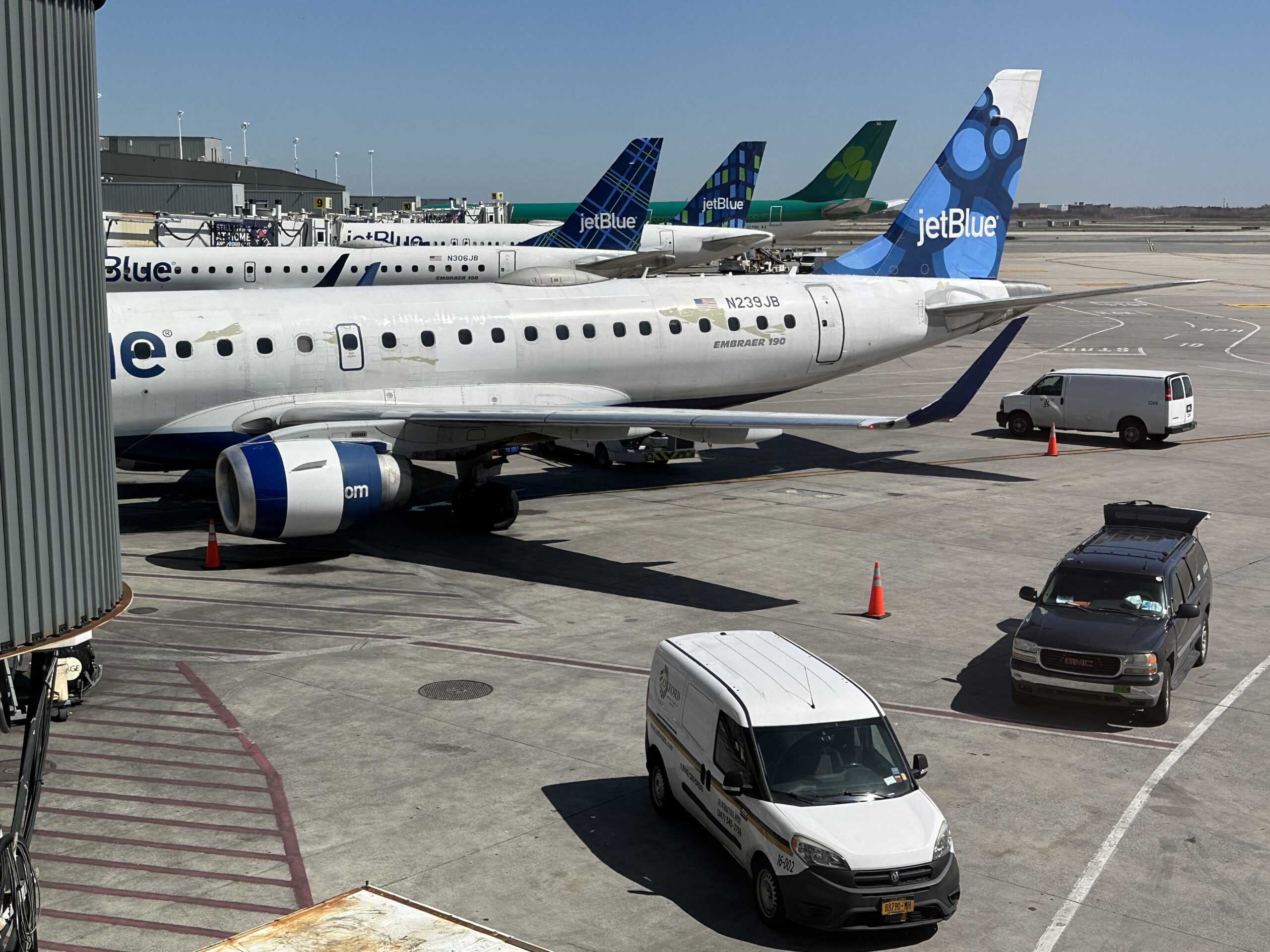JetBlue Airways has some exciting prospects in the pipeline including new international routes to Paris and Amsterdam as well as a pending merger with Spirit Airlines. Before all these transformative changes began at JetBlue, the airline operated only two aircraft types, the Airbus A320 and Embraer E190. The Airbus A320s operate across the entire JetBlue network where as the Embraer E190s primarily operate routes on the east coast from New York, Boston, and Orlando. JetBlue’s legacy product onboard their E190 will be reviewed from Nashville International Airport (BNA) to New York John F Kennedy International Airport (JFK).
Pre flight experience
Check in and bag drop was a standard process no different from other air carriers. Nashville Airport is currently undergoing renovations including a consolidated security checkpoint and expanded gates. Walking from the checkpoint to the JetBlue gates is a short walk but involves walking through unfinished parts of the terminal. Boarding commenced about ten minutes behind schedule. The E190 aircraft have smaller sized bins compared to larger mainline aircraft such as the Airbus A220 and A320 series of aircraft. The roller board carried on had to be gate checked as all overhead bin space was occupied. Gate agents tagged the bag all the way through to the final destination in this case being Worcester, MA. When boarding, it instantly became apparent the age and condition of the aircraft. In some parts of the cabin, the sidewall and overhead lighting was burnt out. Upon reaching the seat for todays flight 9C the inflight entertainment screen was not working. According to the crew, this particular screen was already noted as inoperative. Compared to the refurbished A320s and new A220s the E190 inflight entertainment screen is small and low quality in comparison. It is worth noting that the Embraer E190 aircraft will not be seeing a refurbishment program from JetBlue and will continue as is towards retirement.

Inflight experience
Half an hour after takeoff the crew started their inflight service. The crew began the service with buy on board items such as pillows, blankets, headphones and snack boxes. The complimentary snack and beverage service started shortly after. Pepsi products and Dunkin Donuts branded coffee was available as well as plantain chips, cookies, cheeseits and snack bars. During the flight many attempts were made to connect to JetBlue’s WIFI network dubbed FLYFI. On both a cellphone and laptop were unable to connect to the network. Crewmembers also advised that the system was not working on this flight. The standard economy seat has generous legroom with 32 inches of seat pitch. The tray table is large in size and comfortably fitted a full sized laptop and the beverages. This particular tray table was extremely wabbly when in the open position. It appeared that the tray table arm on the right side was loose and falling apart. Seats toward the front of the aircraft have misaligned windows requiring passengers to lean forward or back to look out the window or close the window shade. This trait is not exclusive to JetBlue and is the case on many regional jet aircraft. The remainder of the flight was uneventful, and the aircraft soon began its descent into a sunny New York JFK.



Final approach
JetBlue’s Embraer E190 product has sure seen better days. Signs of wear and tear were present throughout the entire aircraft. The small low-definition inflight entertainment screens date back to the early 2,000s. On this flight the screen was inoperative along with the Wi-Fi. For someone looking to get work done aboard a flight this could be a big dealbreaker. The seatback had significant wear and tear with cracks in the leather throughout. Despite the shortfalls with the aircraft the two crewmembers working this flight were cheerful and personable throughout the service. JetBlue’s E190 product offers a subpar experience especially when ranked against their refreshed A320 product. Luckily for passengers, JetBlue is slowly phasing out E190 aircraft in favor of factory fresh Airbus A220-300 aircraft. For now, avoid JetBlue’s aging E190 aircraft if at all possible.

